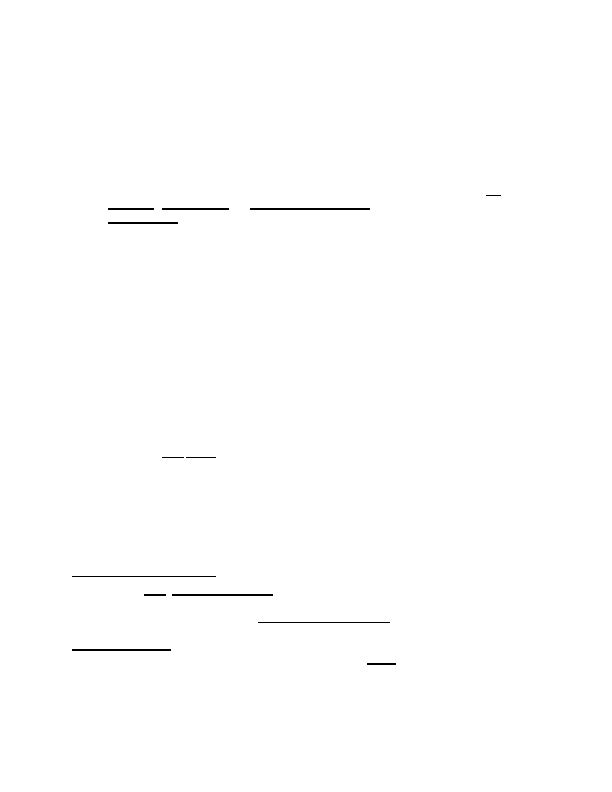
35 U.S.C. § 101 (emphases added).
The current version of § 101 can be traced back to the Patent Act of 1793. In
relevant part, the 1793 Act stated that a patent may be granted to any person or
persons who:
shall allege that he or they have invented any new and useful art,
machine, manufacture or composition of matter, or any new and useful
improvement on any art, machine, manufacture or composition of
matter . . . .
1 Stat. 318, 319 § 1 (1793) (emphases added). The criteria for patentability established
by the 1793 Act remained essentially unchanged until 1952, when Congress amended
§ 101 by replacing the word “art” with “process” and providing in § 100(b) a definition of
the term “process.” The Supreme Court has made clear that this change did not alter
the substantive understanding of the statute; it did not broaden the scope of patentable
subject matter.
Thus, our interpretation of § 101 must begin with a consideration of
what the drafters of the early patent statutes understood the patentability standard to
require in 1793. See Diehr, 450 U.S. at 182-83 (looking to the 1793 Act).
A
The patentability criteria of the 1793 Act were to a significant extent the same in
the 1790 Act.
The 1790 “statute was largely based on and incorporated” features of
2
See Diamond v. Diehr, 450 U.S. 175, 182 (1981) (“[A] process has
historically enjoyed patent protection because it was considered a form of ‘art’ as that
term was used in the 1793 Act.”); Diamond v. Chakrabarty, 447 U.S. 303, 309 (1980).
Rather, the 1952 Act simply affirmed the prior judicial understanding, as set forth in
Corning v. Burden, 56 U.S. (15 How.) 252 (1853), that Congress in 1793 had provided
for the patentability of a “process” under the term “art.” Diehr, 450 U.S. at 182.
3
In relevant part, the 1790 Act permitted patents upon “any useful art,
manufacture, engine, machine, or device, or any improvement therein not before known
or used.” Ch. 11, § 1, 1 Stat. 109, 110 (1790).
2007-1130 2
